Learn about the cutting-edge technology behind our multi-billion-pound project.
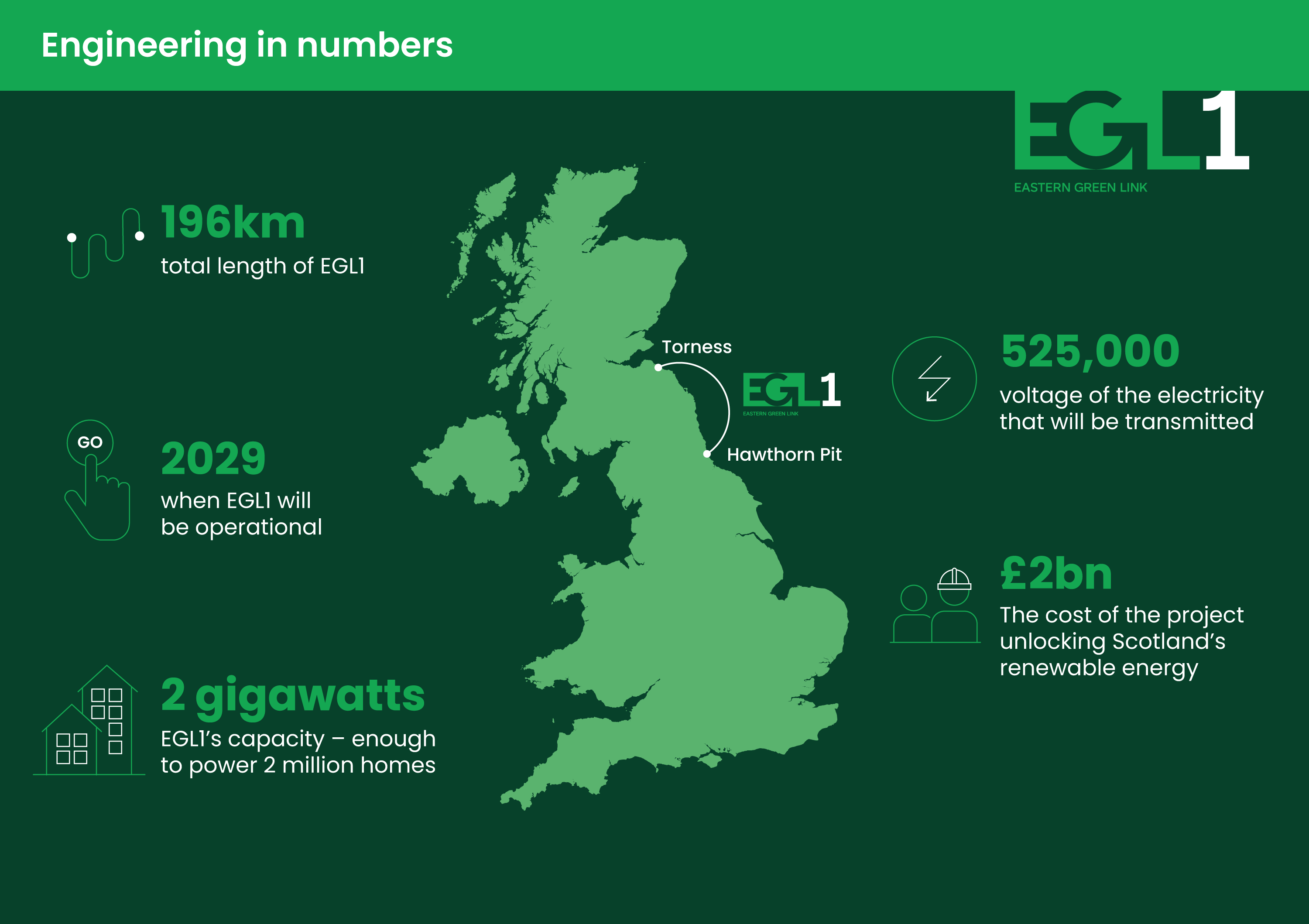
How EGL1 will work
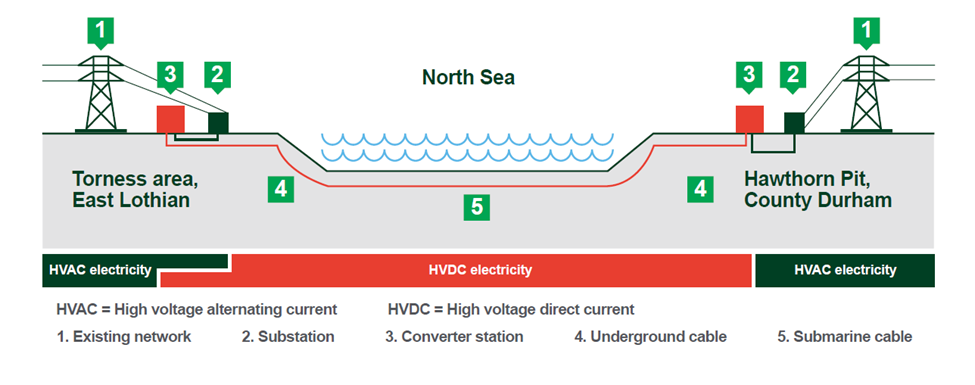
Converter stations
A converter station converts electricity between alternating current (AC) and direct current (DC).
AC is used in the UK transmission network system as this is easily converted to different voltages for industrial, commercial and domestic use, while DC is used for transmitting large amounts of electricity efficiently over long distances.
In the UK this is normally through subsea cables. Our converter stations will house the technology that will enable clean electricity to be transmitted through the 196km cable link.
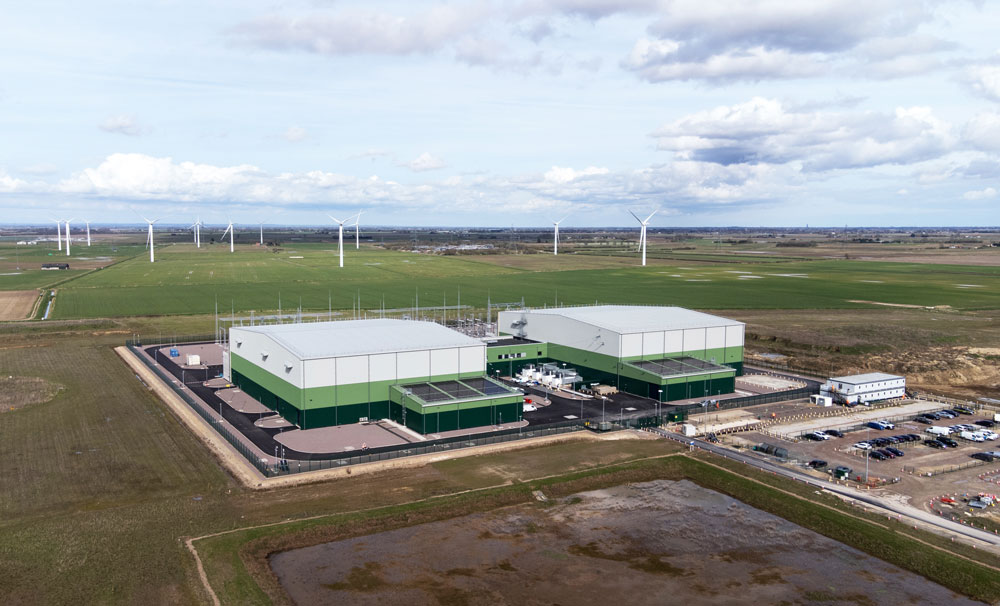
Courtesy of National Grid Ventures
Substations
Substations are crucial for the day-to-day operation of the network and for controlling the voltage of electricity between the country-wide transmission network and people’s homes and businesses.
They house switchgear and other critical operational plant alongside transformers which ‘step down’ the high-voltage electricity running in the transmission network to lower voltage electricity which is suitable for everyday use.
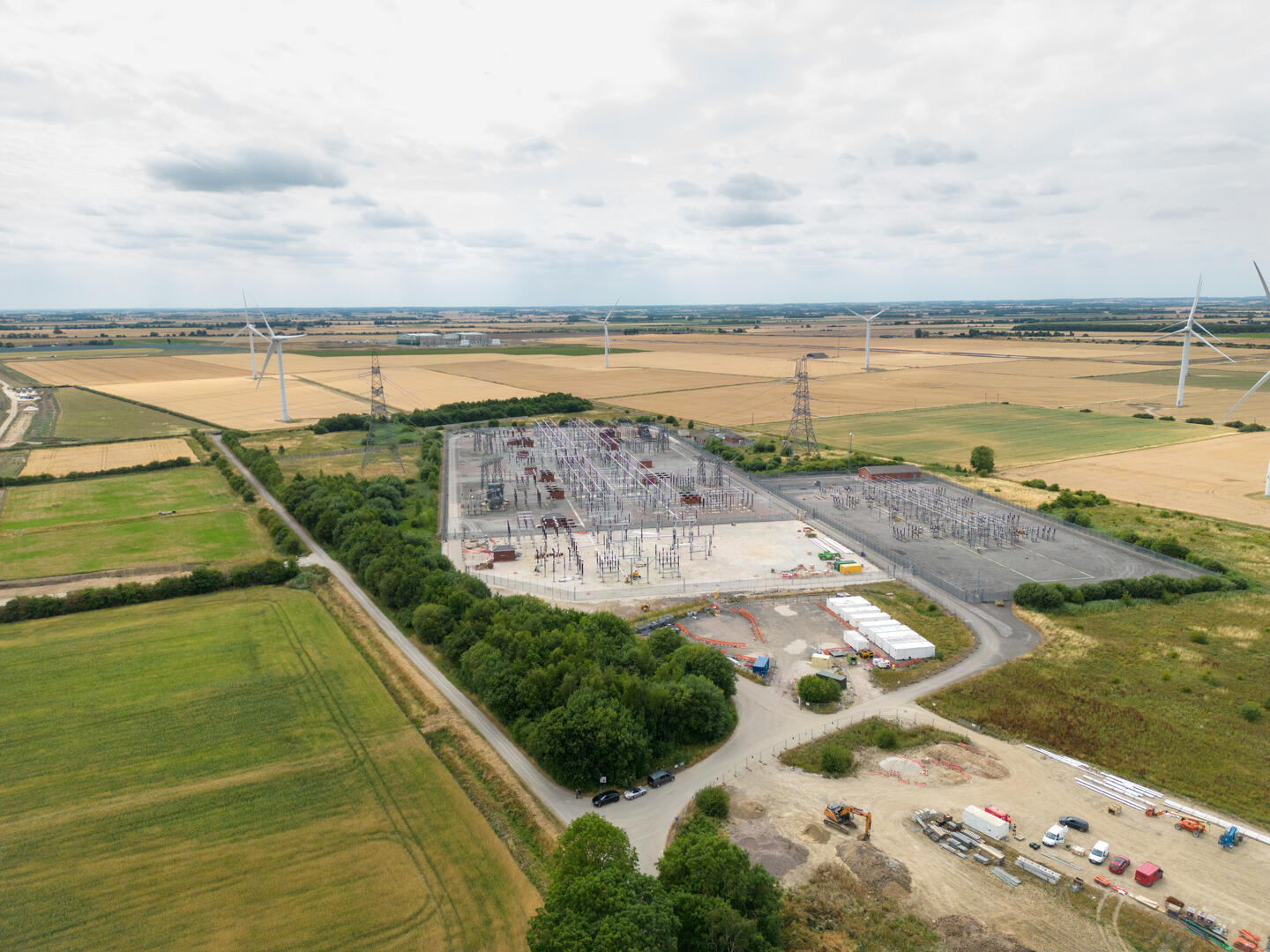
Existing National Grid substation at Bicker Fen
Our cables and their installation
The HVDC link will consist of two electrical cables and a fibre optic cable.
Onshore – 10km of cabling in Scotland and 10km of cabling in England
Onshore, these will be installed in underground ducts, with the land above being restored once works are completed.
Marine – 176km of subsea cabling
Offshore, we use two methods to lay the cables under the seabed: simultaneous lay and burial and post lay and burial.
The seabed surface conditions determine which method we use. During simultaneous lay and burial, one vessel both lays and buries the cables, and during post lay and burial, one vessel will lay the cables and a second follows behind and uses a range of specialist equipment to bury it.

To make landfall, the cables will be installed using Horizontal Directional Drilling (HDD).
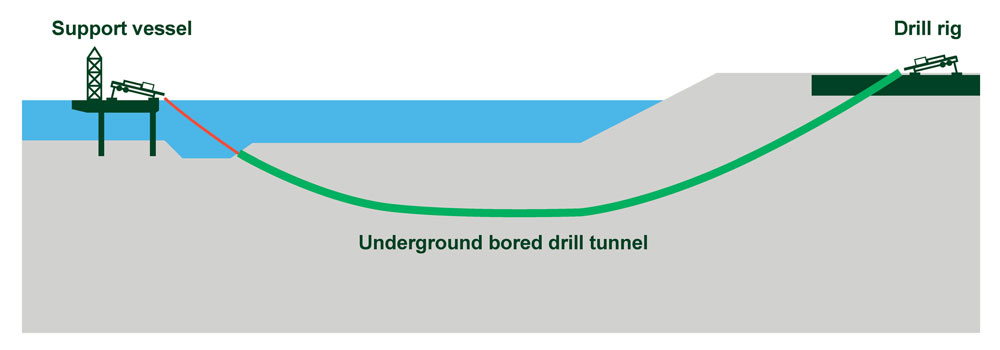
This method drills conduits to carry the cables under the intertidal zone and the near-shore seabed at the landfall points and then installs ducts which the cables can later be pulled through.
This approach minimises work in the intertidal zone and reduces related environmental impacts including those on protected species and sensitive habitats, and on people using the foreshore.